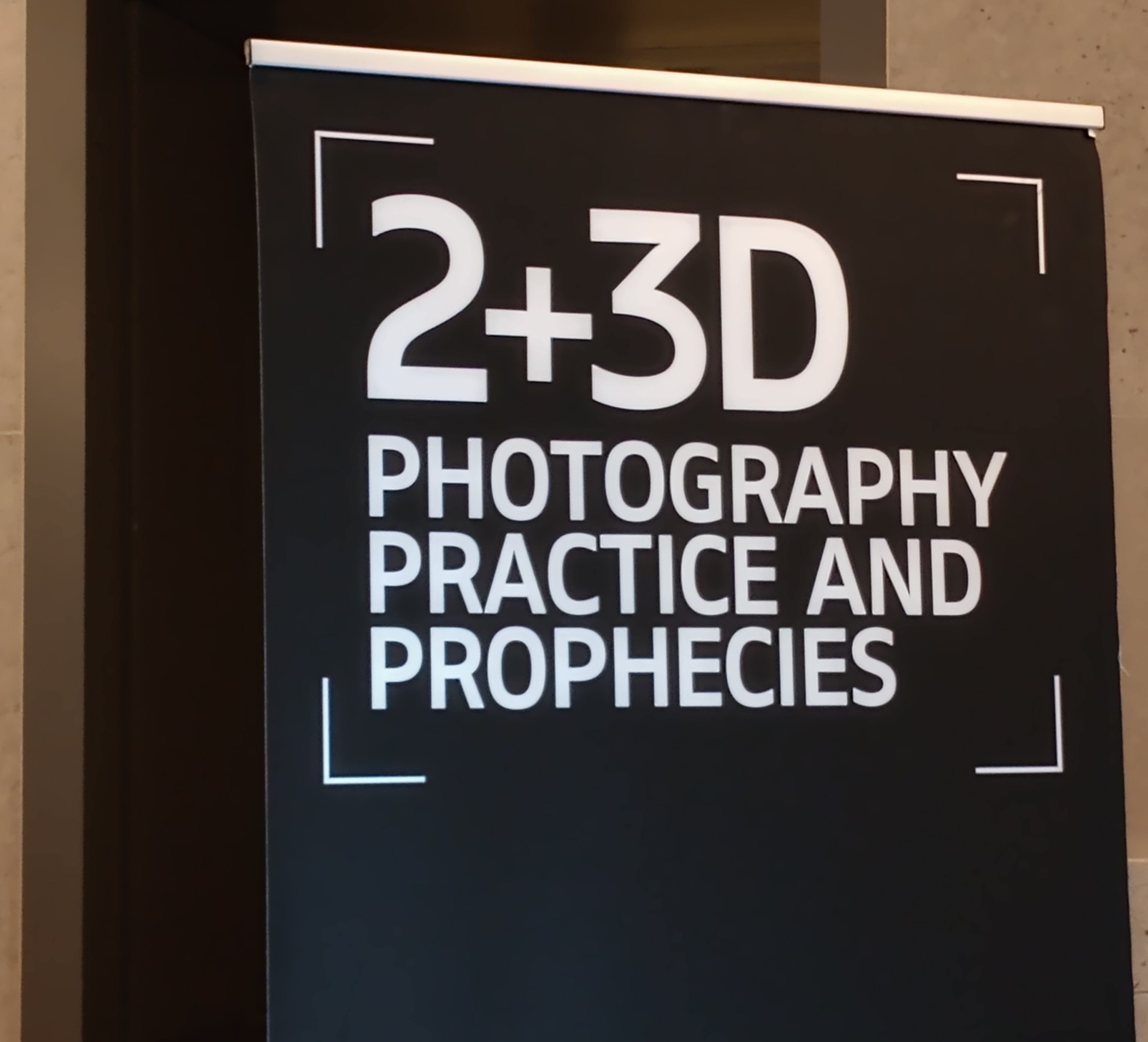The objects you can see here on display here have been made by our Digital Humanities staff members and interns. They illustrate the range of projects the lab has worked on since it opened in 2017 and demonstrates how we have harnessed the potential of 3D printing to bring objects from the past to life. Take a look at the display in the Digital Humanities Lab breakout space to learn more.
What is 3D printing? 3D printing is the process of creating a three dimensional object layer by layer using computer created design. In the Digital Humanities Lab we mainly print in PLA (Polylactic Acid) plastic and resin as these are well suited for creating high quality replicas.
3D printing is a extremely valuable tool for the digital humanities as it enables the recreation of historic objects that reflect the details and intricacies of the original artifact. 3D printing encourages accessibility as it means that we can handle and learn from the replicas without damaging the originals.
At the Digital Humanities Lab we use photogrammetry, which is the process of taking multiple overlapping photographs of an object. This creates a digital 3D model which can then be printed into a physical object.
Litho Print and Exeter Rock. The photograph of the DH Lab and resin model of the Exeter Rock demonstrates the range of models we can create using a variety of materials.
Blue Boy Statue. The model you can see on display is a replica of the original statues which were made to commemorate the rebuilding of St John’s Hospital School between 1859-60 which was set up as a charitable foundation. Students at the school were nicknamed the Blue Boys as the students wore blue caps and gowns. The original cast iron statues are now displayed in Exeter School Archives, The Maynard School, Princesshay shopping centre and Royal Albert Memorial Museum.
Pick up the Blue Boy to see the internal structure of the print as the model is created in layers where each layer forms a cross section that supports the next.
Wax Votive Offerings. Circa 15th Century. Following bomb damage to Exeter Cathedral in 1942, several medieval wax votive offerings were discovered behind a stone canopy. They comprised of: a horses head, feet, heads, hands, a foot in a pointed shoe and a complete female figure. As these objects are extremely fragile they are not on public display. The Digital Humanities Lab combined photogrammetry, 3D printing and wax casting to create replicas, thus enabling more people to explore the fascinating details of these rare historic items.
Early Christian Bread Stamps. Held in trust by the Royal Albert Memorial Museum, this double sided early Christian bread stamp has a monogram of Christ on one side and A O on the other which symbolises alpha and omega. This is thought to be used for stamping Eucharistic bread. Pick up the stamps to feel the difference between resin and PLA filament prints.
Granite boulders (AD 1000-1200). Granite boulders with late pre-Hispanic colonial, and sub-contemporary rock engravings from the archaeological site Pampa Chiza, located in the Atacama Desert, northernmost Chile. This site features over thirty engraved boulders with zoomorphic, anthropomorphic, geometric, and abstract figures. The high frequency of high mountain fauna such as rheas and camelids, combined with human figures rowing on sea rafts, and its unique location between the Pacific Ocean and the Andes mountains, highlight the dramatic contrasts of this desert landscape as a gateway between the sea and the high mountains. The granite boulders were captured in 3D via structure-from-motion photogrammetry and have been printed in resin.
Geographical Landscapes. Using aerial drone photography we can create 3D models of large landscapes and reduce the scale to create miniature replicas. These models reveal the surface texture and terrain of hill forts which are of archaeological significance. These are useful teaching tools for students as it enables them to learn about places that would otherwise be inaccessible.
Sound Waves. In the Digital Humanities Lab we work with audio and visual media, specialising in podcast production and recording oral history interviews. This experimental print was made as a teaching tool to visualise the sound waves and meter in poetry.




